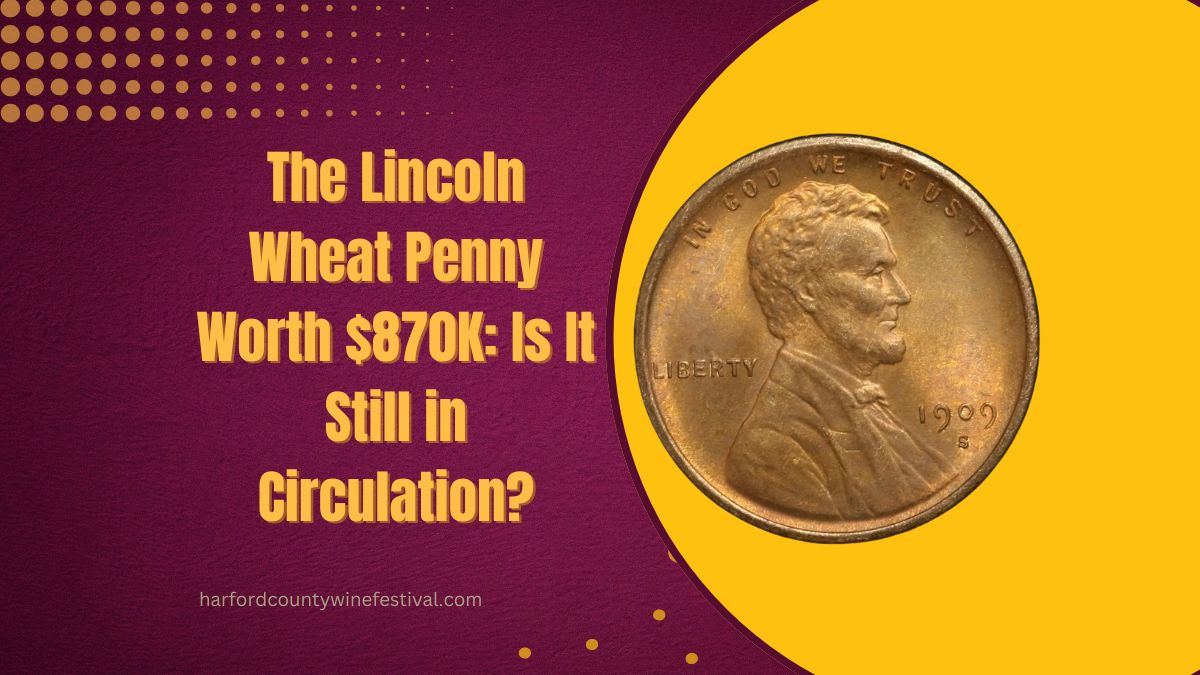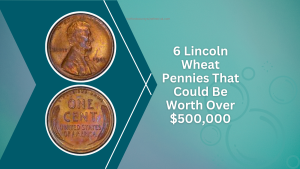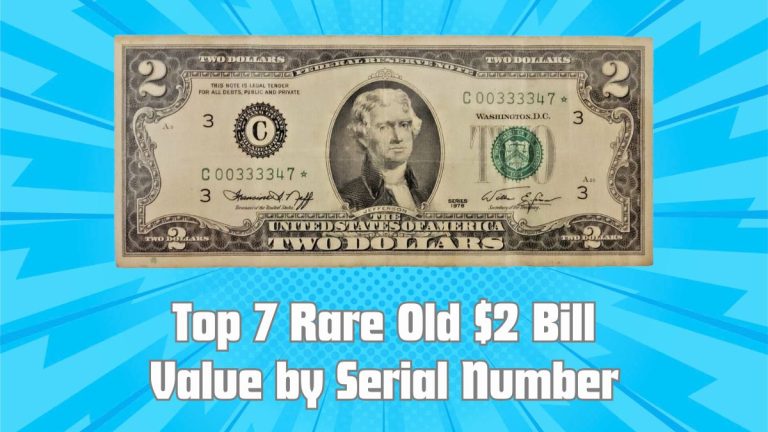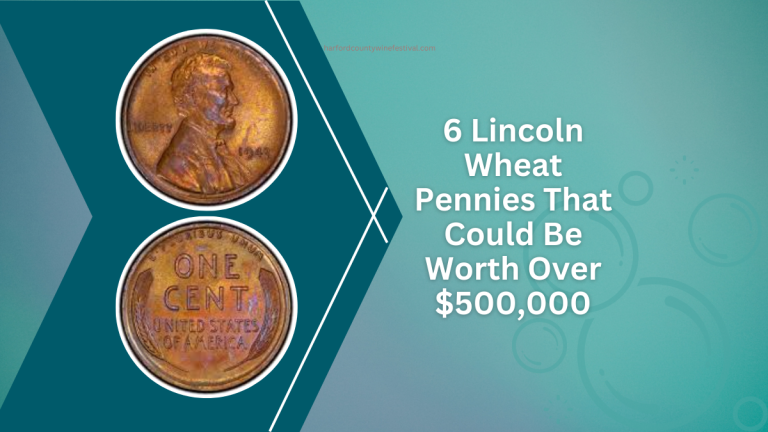The Lincoln Wheat Penny, minted from 1909 to 1958, holds a special place in American numismatics. While most of these pennies are common, certain rare variants have fetched astonishing prices at auctions, with some reaching up to $870,000. This article delves into the history, rarity, and current circulation status of these valuable coins.
A Brief History of the Lincoln Wheat Penny
Introduced in 1909 to commemorate the 100th anniversary of President Abraham Lincoln’s birth, the Lincoln Wheat Penny was the first U.S. coin to feature a real person’s likeness. Designed by Victor David Brenner, the obverse showcases Lincoln’s profile, while the reverse displays two wheat stalks, symbolizing prosperity. This design remained in circulation until 1958, after which it was replaced by the Lincoln Memorial design.
The 1943 Bronze Lincoln Wheat Penny: A Collector’s Dream
During World War II, the U.S. Mint shifted penny production from copper to zinc-coated steel to conserve copper for the war effort. However, a few pennies were mistakenly struck on leftover bronze planchets in 1943. These rare errors are among the most coveted by collectors.
The 1943-D Bronze Lincoln Cent, minted in Denver, is particularly noteworthy. It’s the only known example from the Denver Mint and has fetched prices up to $840,000 at auctions. Its rarity and historical significance make it a centerpiece in numismatic collections.
Other Notable Rare Lincoln Wheat Pennies
Several other Lincoln Wheat Pennies have achieved significant auction prices due to their rarity and unique characteristics:
| Year | Mint Mark | Composition | Auction Price | Notes |
|---|---|---|---|---|
| 1943 | None | Bronze | $372,000 | One of approximately 20 known; mistakenly minted in bronze instead of steel. |
| 1943 | S | Bronze | $504,000 | Features rare minting errors; highly sought after by collectors. |
| 1944 | S | Steel | $373,750 | Only two known to exist; a rare steel penny from 1944. |
Are These Rare Pennies Still in Circulation?
While the majority of Lincoln Wheat Pennies have been removed from circulation, it’s not impossible to find one in pocket change or coin collections. However, the chances of encountering one of the ultra-rare variants, like the 1943-D Bronze Cent, are exceedingly slim. Most of these rare coins have been identified and are held in private collections or museums.
Identifying Valuable Lincoln Wheat Pennies
For those interested in coin collecting or hoping to stumble upon a valuable penny, here are some tips:
- Check the Date and Mint Mark: Key dates include 1909-S VDB, 1914-D, 1922 Plain, and the 1943 bronze and 1944 steel errors.
- Examine the Coin’s Condition: Coins in mint or near-mint condition are more valuable. Look for sharp details and minimal wear.
- Look for Errors: Some pennies have doubling of letters or numbers (known as doubled die), missing letters, or other anomalies that can increase value.
- Consult a Professional: If you believe you’ve found a rare coin, have it evaluated by a reputable coin dealer or grading service.
The Lincoln Wheat Penny remains a beloved piece of American history. While the chances of finding a penny worth $870,000 in your spare change are minimal, the stories behind these rare coins continue to captivate collectors and enthusiasts alike.
FAQs
What makes the 1943-D Bronze Lincoln Cent so valuable?
Its value stems from its rarity as the only known bronze penny minted in Denver during 1943, a year when pennies were supposed to be made of steel.
How can I tell if my 1943 penny is bronze or steel?
A simple test involves using a magnet. Steel pennies will be attracted to a magnet, while bronze ones will not.
Are all 1943 pennies valuable?
No, the majority of 1943 pennies are made of steel and are common. Only the error coins struck in bronze are highly valuable.







